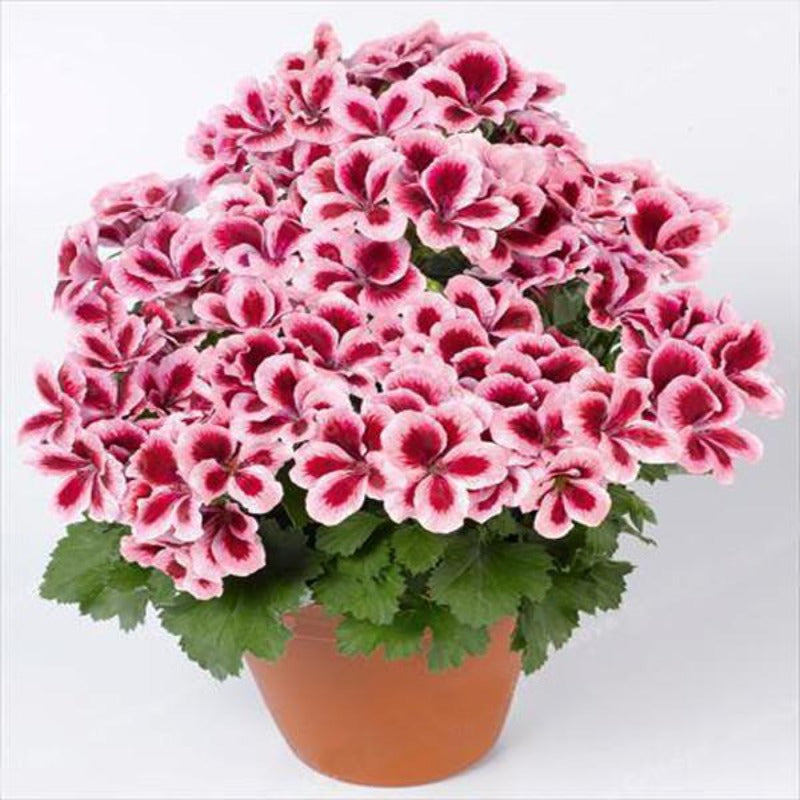- Species and varieties: Geraniums, also known as Pelargoniums, belong to the Geraniaceae family. There are several species and varieties, including Pelargonium zonale (zonal geraniums), Pelargonium peltatum (ivy-leaved geraniums), and Pelargonium graveolens (scented geraniums). Each variety has unique characteristics, such as flower color, leaf shape, and scent.
- Hybrid or heirloom: Geraniums can be found in both hybrid and heirloom varieties. Hybrid geraniums are often bred for specific traits such as disease resistance, flower color, and growth habit. Heirloom varieties are traditional cultivars that have been passed down through generations and are valued for their historical significance and unique characteristics.
- Pruning and training: Regular pruning is essential for maintaining the shape and health of geraniums. Deadheading spent flowers encourages continuous blooming. Pinching back the stems can promote bushier growth. For ivy-leaved varieties, training them to climb or trail can enhance their ornamental appeal.
- Fertilization needs: Geraniums benefit from regular fertilization during the growing season. A balanced, water-soluble fertilizer with an N-P-K ratio of 10-10-10 or 20-20-20 can be applied every 4-6 weeks. Avoid over-fertilizing, as this can lead to excessive foliage growth at the expense of flowers.
- Hardiness zones: Geraniums are suitable for USDA hardiness zones 9-11. In these zones, they can be grown as perennials. In cooler climates, they are often grown as annuals or brought indoors during the winter months.
- Climate requirements: Geraniums thrive in warm, sunny climates with well-drained soil. They prefer temperatures between 65-75°F (18-24°C) during the day and slightly cooler temperatures at night. They require at least 6 hours of direct sunlight daily for optimal growth and flowering.




